Staying Fit

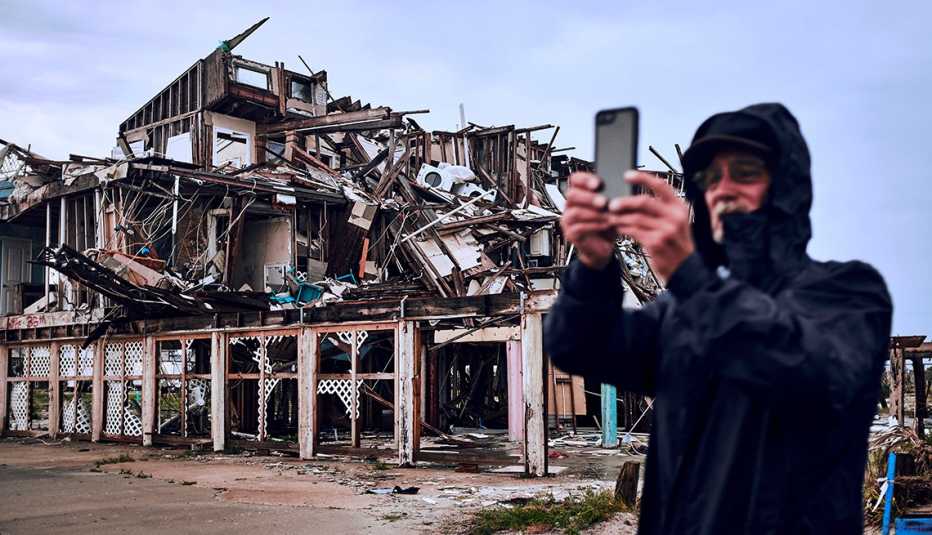
Given the frequency and intensity of natural disasters these days, chances are it’s a case of when — not if — extreme weather will affect your life.
The Federal Emergency Management Agency (FEMA) says emergency preparedness is critical to help protect your family, your home and your belongings from a myriad of threats, such as wildfires, drought, floods, hurricanes and tornadoes.


AARP Membership— $12 for your first year when you sign up for Automatic Renewal
Get instant access to members-only products and hundreds of discounts, a free second membership, and a subscription to AARP the Magazine.
“We encourage everyone to be prepared year-round for any disaster, hazard or climate event,” says Jaclyn Rothenberg, FEMA’s director of public affairs. “Know what disasters and hazards could affect your area, how to get emergency alerts and where to go if you and your family need to evacuate.” Rothenberg says this requires having an evacuation plan and practicing it often.
Technology can play an essential role in emergency preparedness with helpful apps and gadgets to get you through a natural disaster.
Free apps to download
Keep in mind that during an extreme weather event, you may not have Wi-Fi or cellular service to download apps to your iPhone or Android device. It's a good idea to download them in advance — and familiarize yourself with them before an event occurs — so they’ll be ready to use when you need them.
- The American Red Cross offers numerous apps, including First Aid and Pet First Aid as well as a general Emergency app that lets you customize 40 different weather alerts like Earthquake, Hurricane and Tornado, along with a shelter finder, checklists, educational quizzes and advice on what to do in a given emergency. Example: how to handle food and water during a power outage.
The Red Cross also offers add-ons for smart speakers and smart displays that let you access info with your voice (Amazon calls these add-ons “Skills”). For example, you could say, “Alexa, enable Hurricane Alerts by the American Red Cross” on an Amazon Echo device or “Hey, Google, talk to Red Cross Blood Donation” on a Google Nest speaker.
- The FEMA app lets you toggle between English and Spanish to access emergency safety tips for more than 20 types of disasters. It offers a customizable emergency kit checklist and an emergency family plan. You can also receive real-time alerts from the National Weather Service for up to five locations nationwide; share real-time notifications with loved ones via text, email and social media; and locate open emergency shelters and disaster recovery centers in your area where you can talk in person to a FEMA representative.
FEMA also recommends enabling Wireless Emergency Alerts (WEA) on your mobile phone, which are short emergency messages from authorized federal, state, local, tribal and territorial public alerting authorities (broadcast from cell towers in a targeted area). FEMA suggests also following your local National Weather Service office on social media.
Note the FEMA app website reports that as of July 21, 2023, FEMA’s weather watches and advisories may not be deliverable due to changes in the weather alerting data sources it uses. The site notes that severe and life-threatening weather and local hazard warnings will still be delivered.
- The Disaster Alert app and website from the Pacific Disaster Center (PDC) in Kihei, Hawaii, offers a real-time map that shows active or impending incidents deemed “potentially hazardous to people, property or assets” according to the PDC DisasterAWARE platform. These include drought, earthquakes, extreme temperature, floods, forest fires, severe storms, tsunamis and volcanic eruptions. DisasterAWARE offers a robust and reliable early warning system, multi-hazard monitoring and tools to aid in decision-making.
- Google Maps’ offline feature lets you select an area, even an entire city, to download and view on your smartphone if cell service or Wi-Fi is offline. For iPhone users who prefer Apple Maps, the app will also offer an offline feature in fall 2023 with the launch of iOS 17.




























































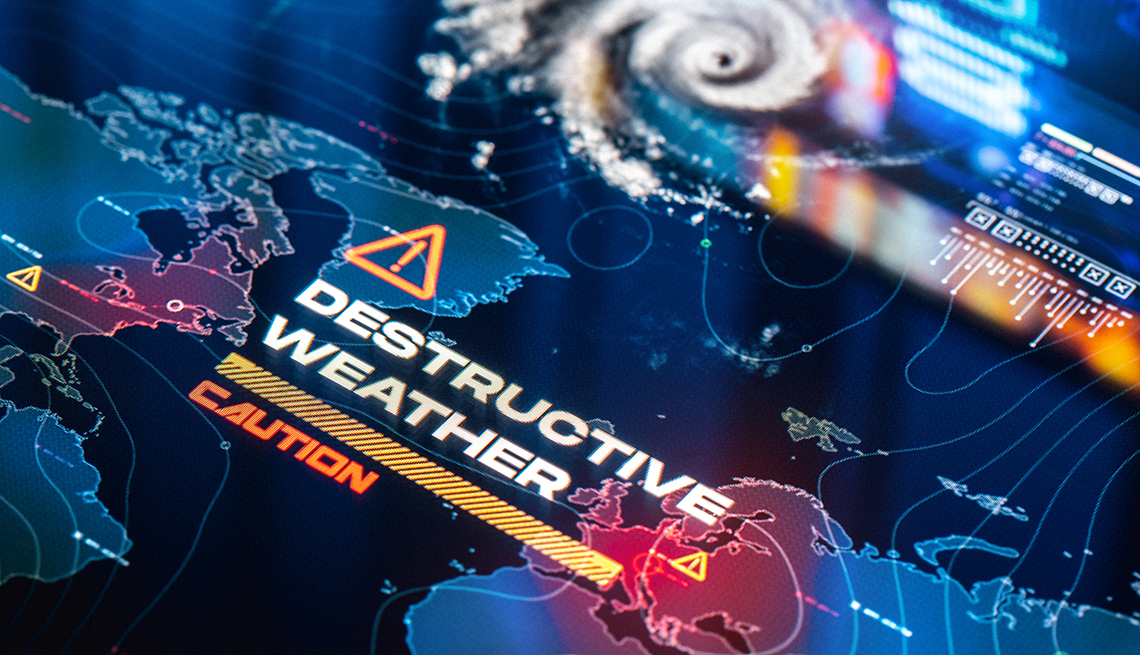
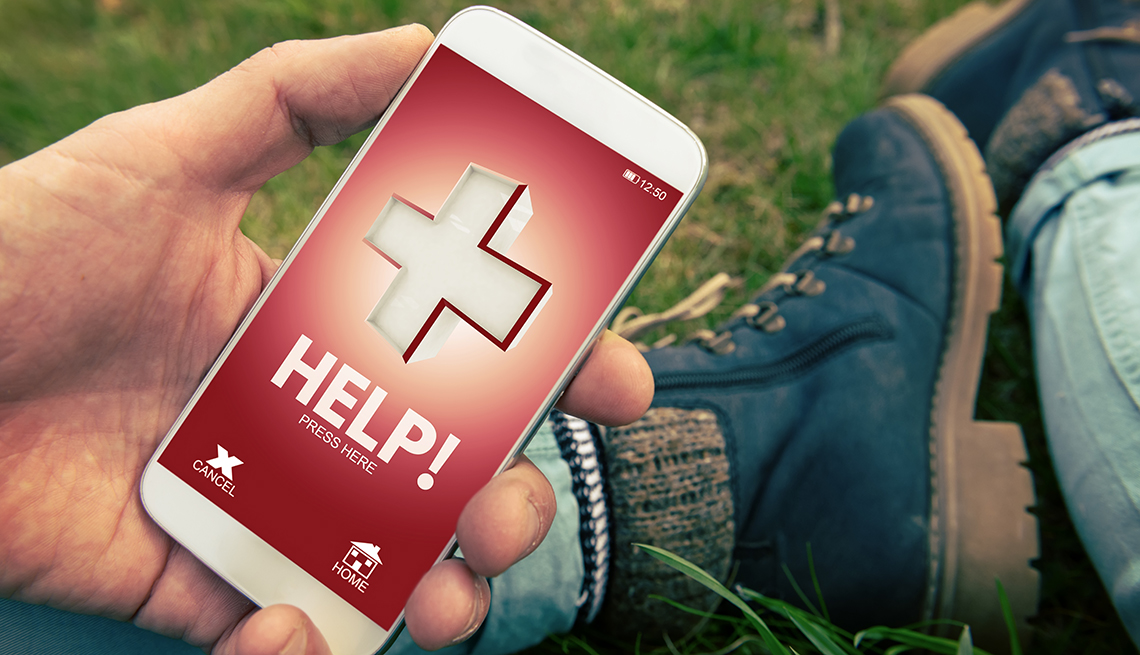

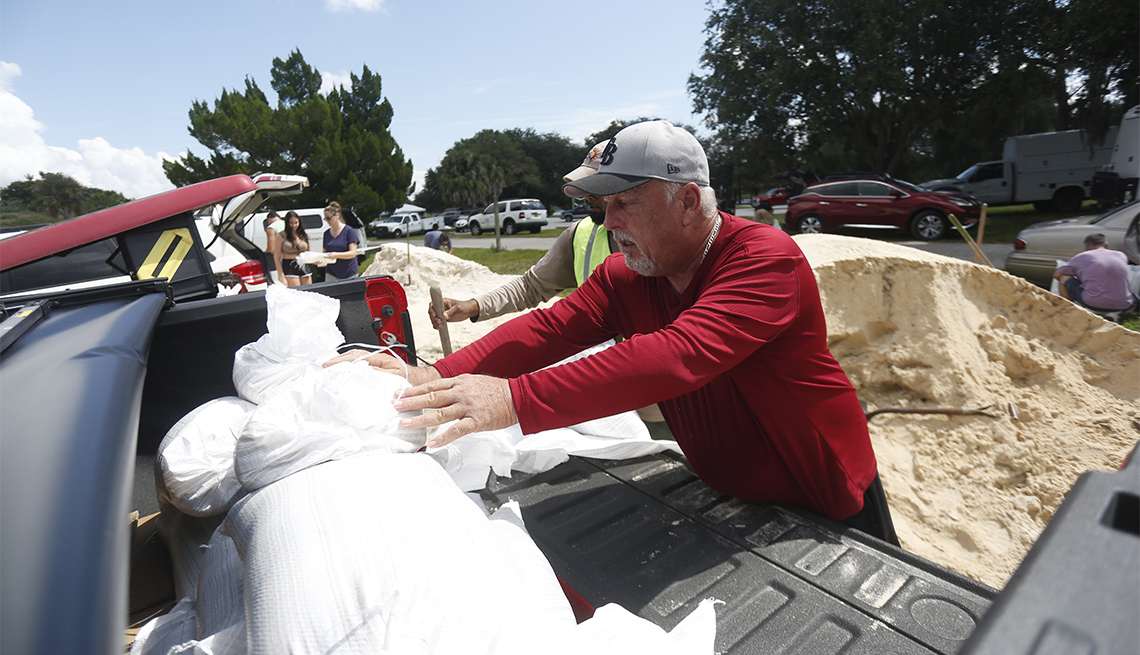

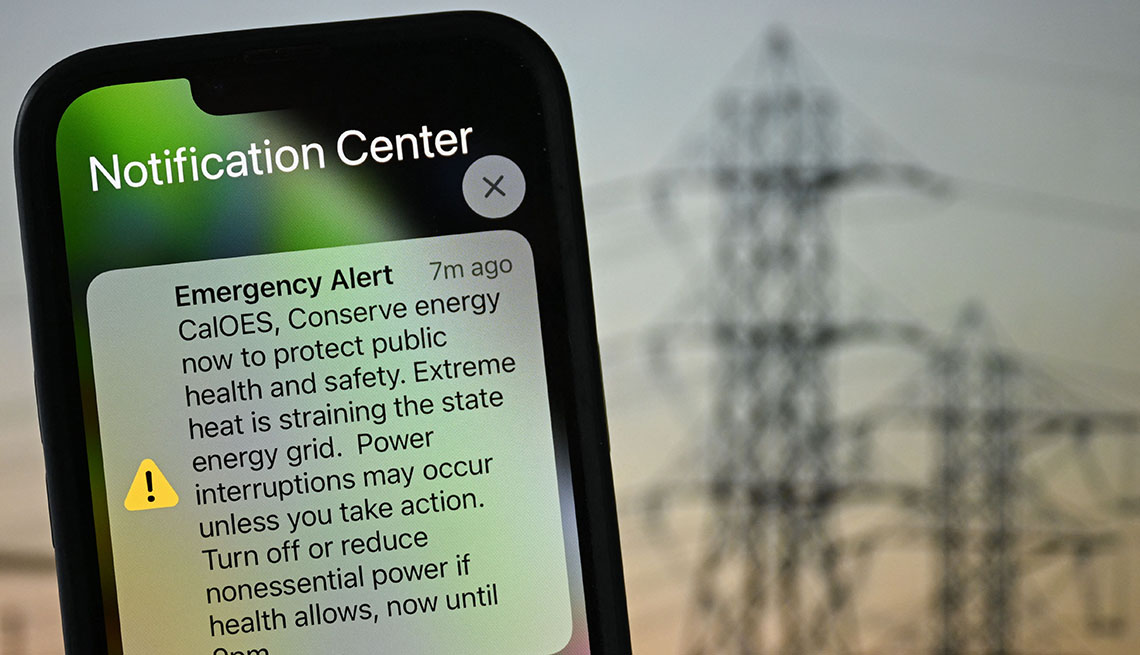

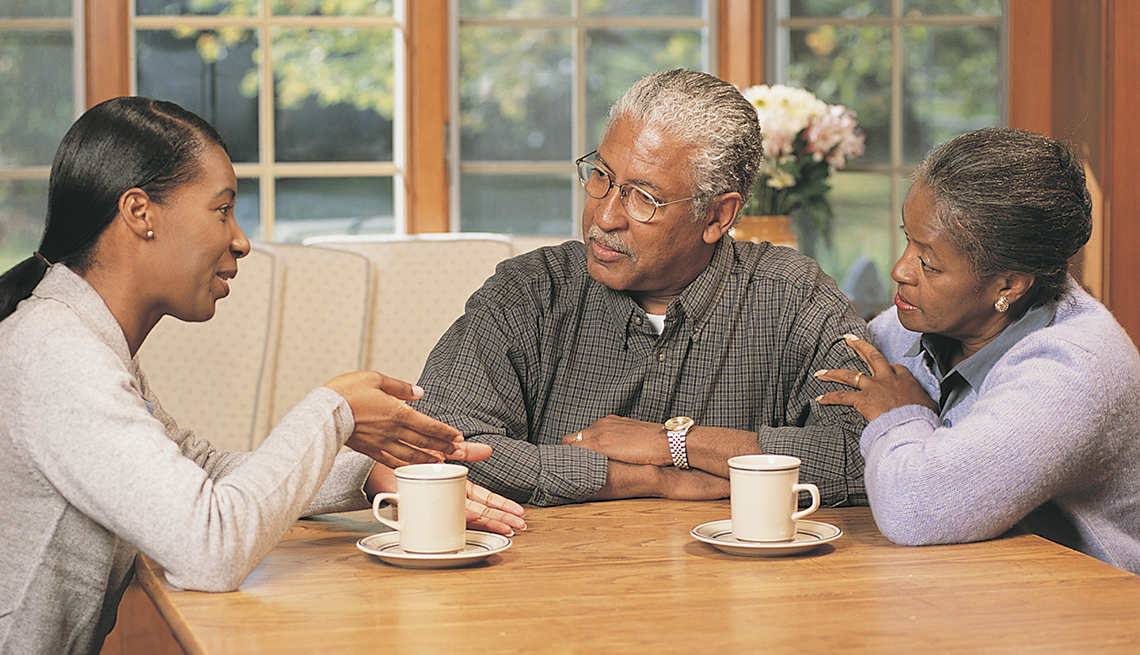













More From AARP
Nationwide Emergency Alert to Be Tested This Fall
FEMA test message will go out through cellphones, TV and radio in October
How to Stay Safe During Natural Disasters
Tips for staying out of harm's way at home or on the road
Beware of Scams After a Hurricane or Other Natural Disaster
Crooks go after victims’ cash through fake charities and phony repair schemes